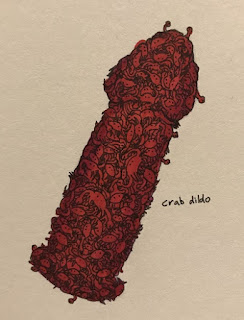My first Broadway musical, in New York itself, took place in a tiny theatre of a few hundred people. I saw Chicago, a musical I'd wanted to see for a while, and again its memory stuck with me more strongly than any movie I'd seen in theaters. I became enamored with Broadway and the theatre experience, although I have little interest in acting or performance.
Broadway musicals bring to my mind the words of Dr. Jordan Peterson: "One of the things that struck me as near miraculous about music, especially in a rather nihilistic and atheistic society, is that it really does fill the void which was left by the death of God. And it's because you cannot rationally critique music. It speaks to you, it speaks of meaning, and no matter what you say about it, no matter how cynical you are, you cannot put a crowbar underneath that and toss it aside."
Broadway musicals bring to my mind the words of Dr. Jordan Peterson: "One of the things that struck me as near miraculous about music, especially in a rather nihilistic and atheistic society, is that it really does fill the void which was left by the death of God. And it's because you cannot rationally critique music. It speaks to you, it speaks of meaning, and no matter what you say about it, no matter how cynical you are, you cannot put a crowbar underneath that and toss it aside."
This quote speaks to me on many levels. The first time I saw Phantom of the Opera, a musical whose music I'd been listening to all my life, I immediately began weeping before a character even stepped on stage. The opening organ, which reverberated powerfully throughout the theatre, brought back all my memories of my grandfather blasting it through the house because he loved it so much, my friends crowding around the television to watch the movie adaptation, and above those, the tragedy and depth of the eponymous Phantom's character.
Music and performance is rooted in the core of humanity's soul, where words are meaningless. Each rhythm bears a weight and meaning, offered freely to all who listen. I find this a more precious cultural commodity than any amount of social media vanity.






